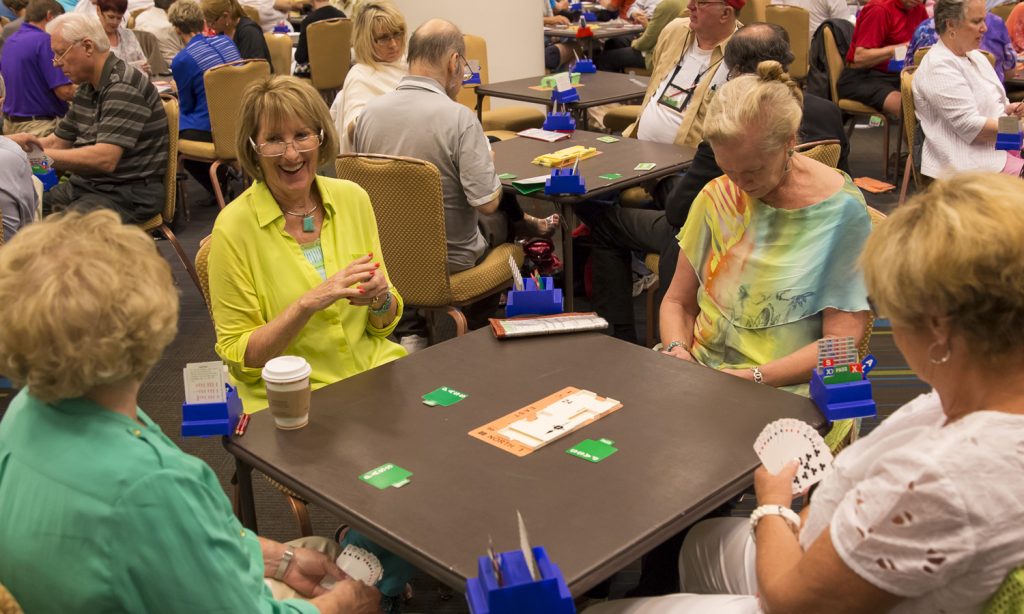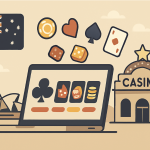Bridge has a lengthy, multi-layered history, but the version we play today evolved from the game whist. In whist, actual gameplay was almost identical, but there was no betting beforehand, and thus no trump suit. In addition, the scoring was vastly simplified.
Bridging the Social Canyon

Bridging the Social Canyon
Bridge has a lengthy, multi-layered history, but the version we play today evolved from the game whist. In whist, actual gameplay was almost identical, but there was no betting beforehand, and thus no trump suit. In addition, the scoring was vastly simplified.
Contract bridge spread quickly after its inception in 1925, when Harold Vanderbilt added a number of features into the gameplay.
In 1932, the popularity of bridge in America was so great that it rivaled baseball as a candidate for the America’s national sport. Though the public eye has strayed from bridge, and the game is not as prominent as it once was, bridge still holds the interest of large swathes of the population.
Tournament, or duplicate bridge, which rose to prominence in the middle of the 1900s, was devised so that the same hands that a group of four players played would then be passed on to another table. This is done using ‘boards’ – the hand is taken out of the board, played, and then replaced unmixed. The board is then passed to the next table. In this manner, the only players are not scored so much on the luck of the deal but more on how well they played the hand. Tournament bridge is played at all levels and around the world.
There are few other games as widely played as bridge, in terms of demographics, and that’s no coincidence. Bridge’s perfect combination of strategy, teamwork, thinking on one’s feet, and the social atmosphere are what allow it to thrive in all parts of the world, and for whoever is willing to learn its rules. Nothing encompasses and underlines the social component of the game more so than the existence of bridge clubs.
Still a part of American and card culture, bridge clubs are hubs of socialization for bridge players, where they can find competition and friendship in equal amounts. The social aspect of bridge is truly a phenomenon, as it has persisted through the rise of online card sites and casinos. Some online casinos do a good job of integrating this same social aspect into their site, and even offer numerous tempting promotions. This makes the experience a much more positive one, and is the reason bridge is so successful.
Because of the rules, there are two things that have to happen when you play a game of bridge:
1 – You have to have a partner.
2 – You have to play against another group of two.
Team games promote socialization more than other kinds of game, and Bridge is no exception. A high level of communication and understanding is required to make the most of the bidding section, so talking with your partner about the game both beforehand and afterward are vital.
Since you need an opposing team, this automatically brings another two people to the table, and due to the strategy and puzzle-like nature of playing out a hand, there are always things to talk about, even with your opponents.
At bridge clubs, bridge players of all ages, races, and occupations come together to share their joy of the game.
It is all of this and more that makes bridge such an incredibly social game, and that more than anything has contributed to its continued existence and even growth in the modern age.








